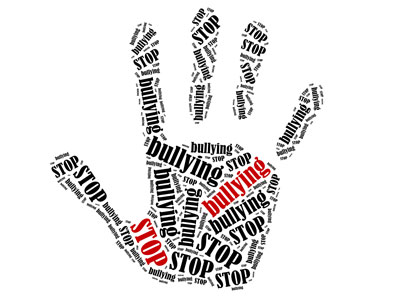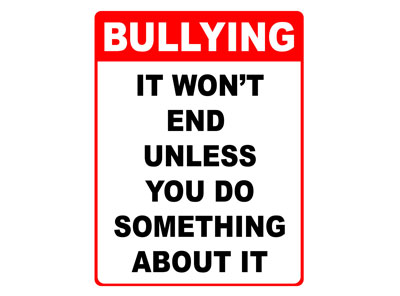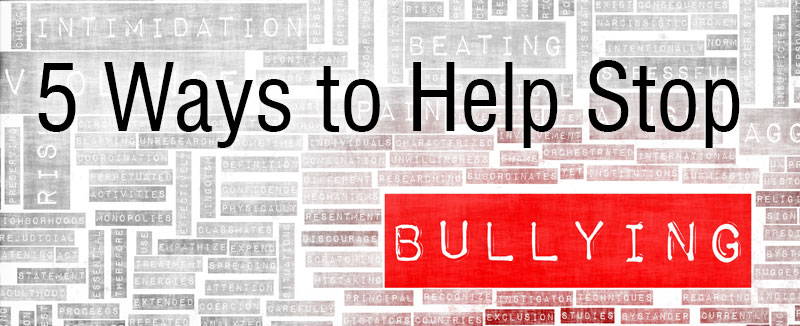5 Ways to Help Stop Bullying
5 Ways to Help Stop Bullying
Bullying has become a national epidemic with far-reaching consequences. According to dosomething.org, over 3.2 million school children are bullied every year. The results of bullying include everything from damaged self-esteems to declining school grades to suicides. With so many children at risk, it is crucial that adults become involved in fighting this problem. We can begin by learning the following five ways to help stop bullying.
1. KNOW what bullying is.
In order to help stop bullying, we first need to know what it is. How do we distinguish it from other forms of conflict? Bullying is intentional, aggressive behavior that is repeated over time. It involves a real or perceived imbalance of power including things such as size, age, strength, social status, or in simply being outnumbered.
2. LEARN the different types of bullying.
When we hear the word bullying, we often picture the classic example of the school kid threatening to take someone’s lunch money. While this is certainly an example of bullying, many other forms exist. Here are four of the most common types of bullying:
- Physical bullying involves physical actions such as kicking, hitting, tripping, pushing, or damaging personal property.
- Verbal bullying includes name calling, intimidation, insults, racist or sexual remarks, or any other form of verbal abuse.
- Social bullying is more subtle and seeks to humiliate someone or harm their reputation by lying, spreading gossip, or seeking to socially exclude them.
- Cyber bullying is using electronic means such as texts, emails, or social media to intimidate, humiliate, or verbally abuse someone.
 |
3. RECOGNIZE the warning signs of bullying.
Recognizing the warning signs that someone is being bullied can help prevent further bullying. The signs of physical bullying, such as unexplainable injuries or damaged personal property, might be visible and relatively easy to see. Warning signs for other types of bullying are not so apparent or easy to recognize. They might include frequent headaches or stomach aches, difficulty sleeping, decline in school grades, not wanting to go to school, change in social patterns, or general changes in mood or behavior.
4. INTERVENE when you see or hear about someone being bullied.
It is important that adults intervene immediately when we see or hear about someone being bullied. Unfortunately, too many adults dismiss bullying with attitudes like “boys will be boys,” or “it’s best to let them work it out themselves.” When we fail to act, we send the message that bullying is acceptable. Not only will victims lose confidence that adults care about their situation, but other children will see that we do not take bullying seriously.
5. TEACH children how to keep themselves safe from bullying.
Because bullying affects so many children, it is important that we teach them strategies to help protect them from bullying. Here are some helpful guidelines to teach children:
- If possible, walk away.
- Talk to an adult you trust, and try to make a plan to stop the bullying.
- As much as possible, stay away from places that bullying occurs. Stay near adults and other kids. Most bullies act when adults are not around.
- Be careful what you post online, and tell your parents immediately if you receive any inappropriate texts, emails, or other messages.
 |
Bullying is a common parental fear that can be stopped. Implementing these five actions can be the first steps to ending this problem.

 This course defines bullying and characteristics of bullies. It also details the effects of bullying from both a bully and victim perspective and discusses strategies to help prevent bullying.
This course defines bullying and characteristics of bullies. It also details the effects of bullying from both a bully and victim perspective and discusses strategies to help prevent bullying.
